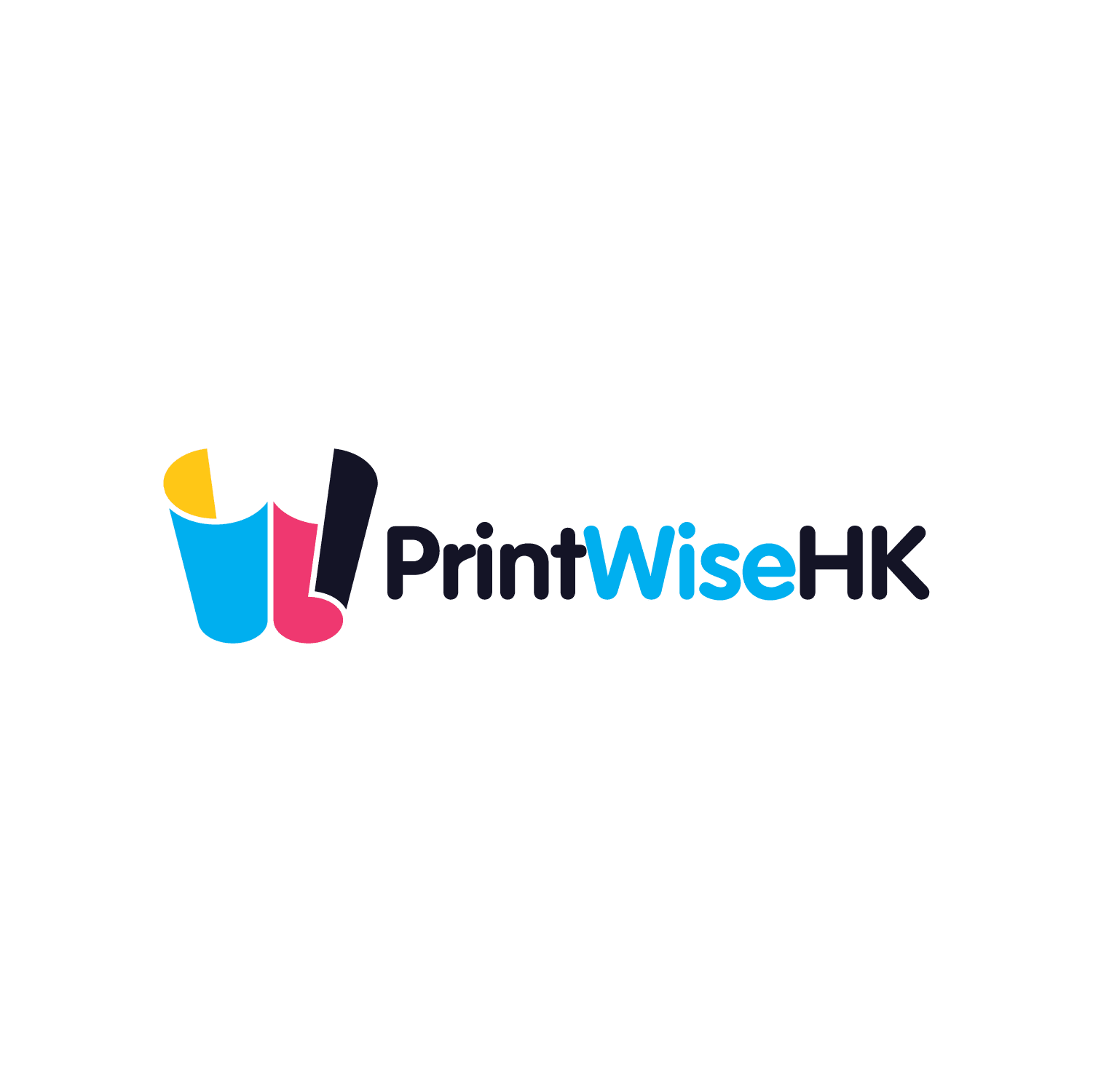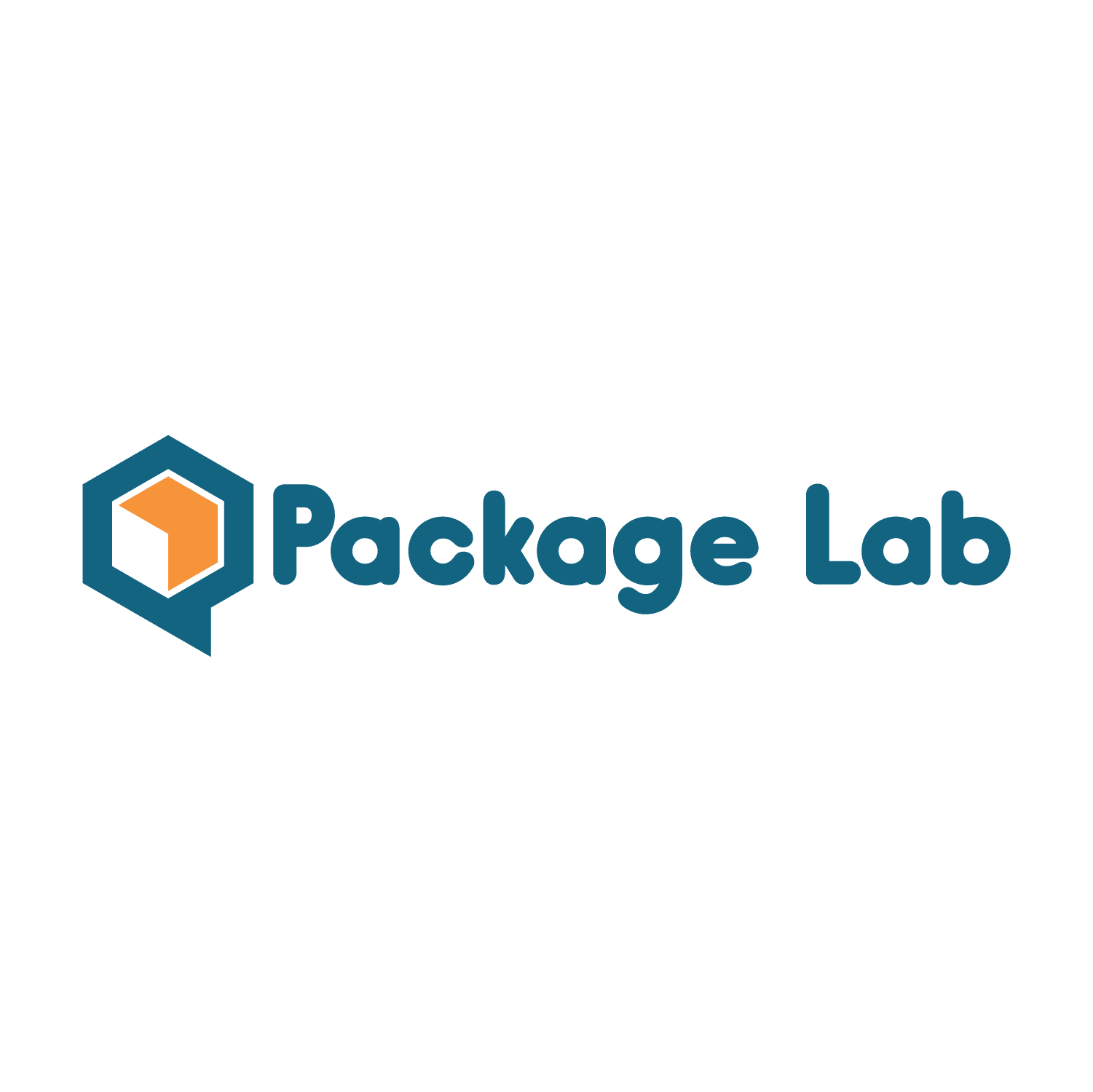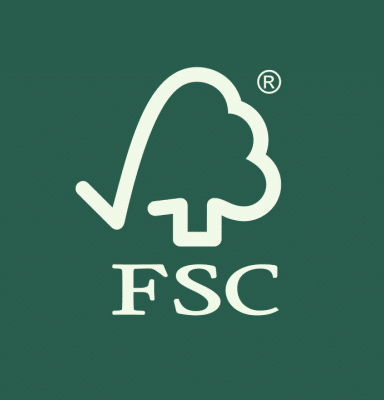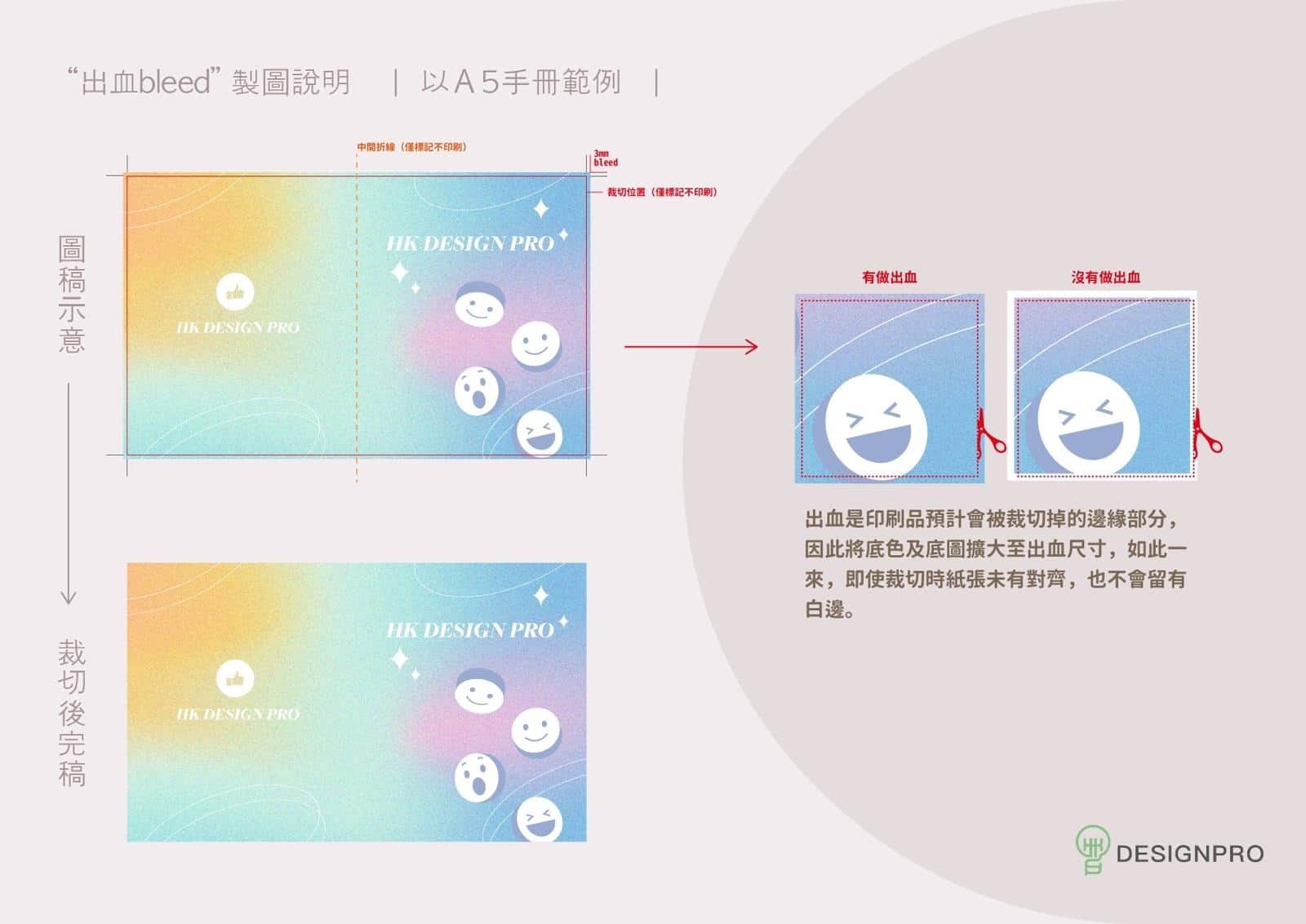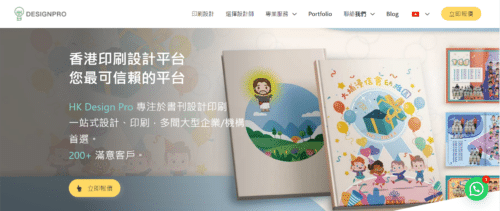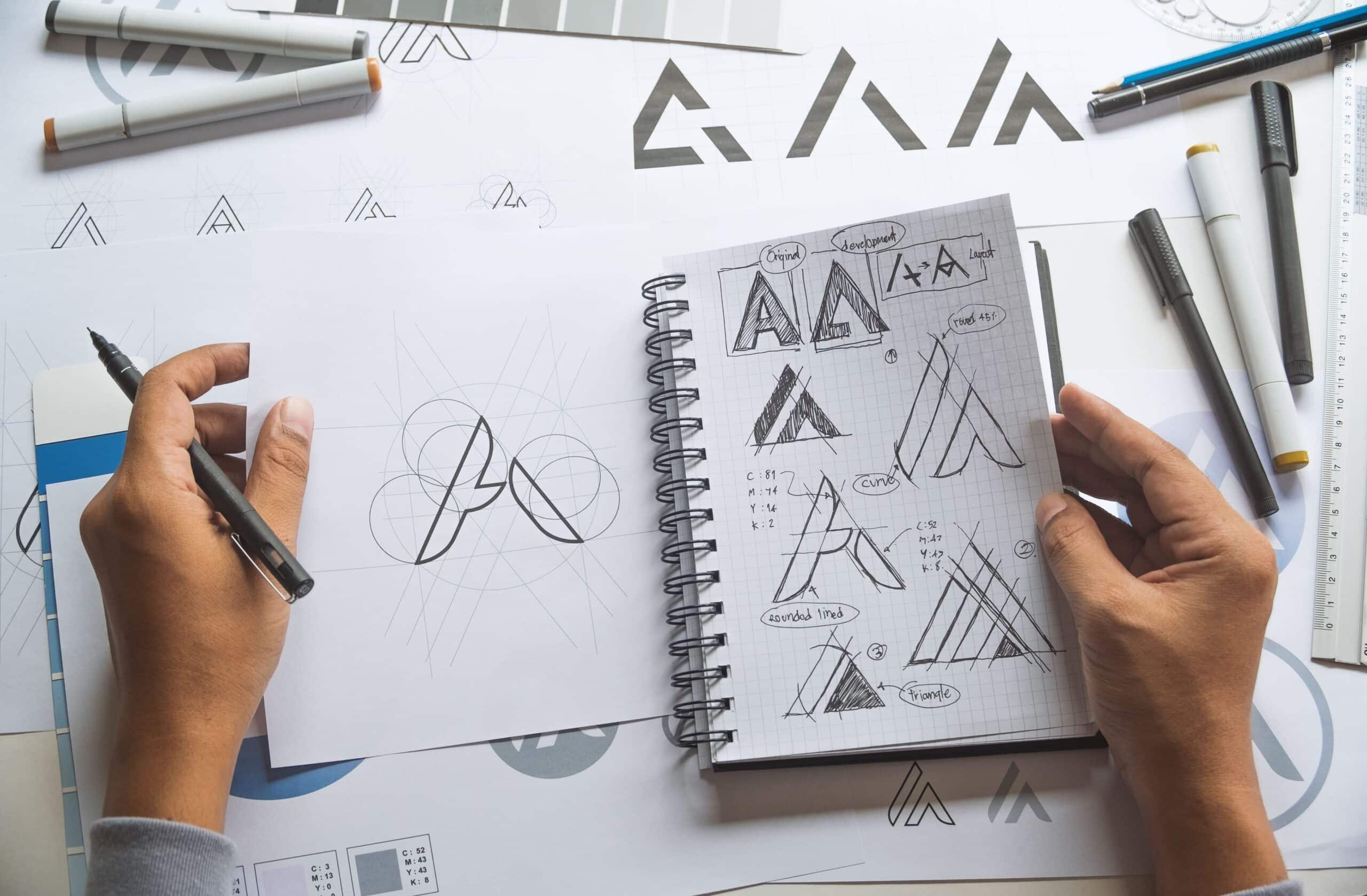In the modern printing industry, these two types of printing are two commonPrinting Technology. Koch printing is a traditional printing method, also known as "offset printing". It transfers images to rubber plates through publishing and typesetting. It uses a large printing press and needs to be readjusted every time it is printed, so it is more suitable for mass printing. , and the relative price is also relatively affordable.
Digital printing is an emerging technology that has emerged with the advancement of technology. This article will explore five key differences between Kohoff and digital printing to help readers better understand how these two printing methods differ.
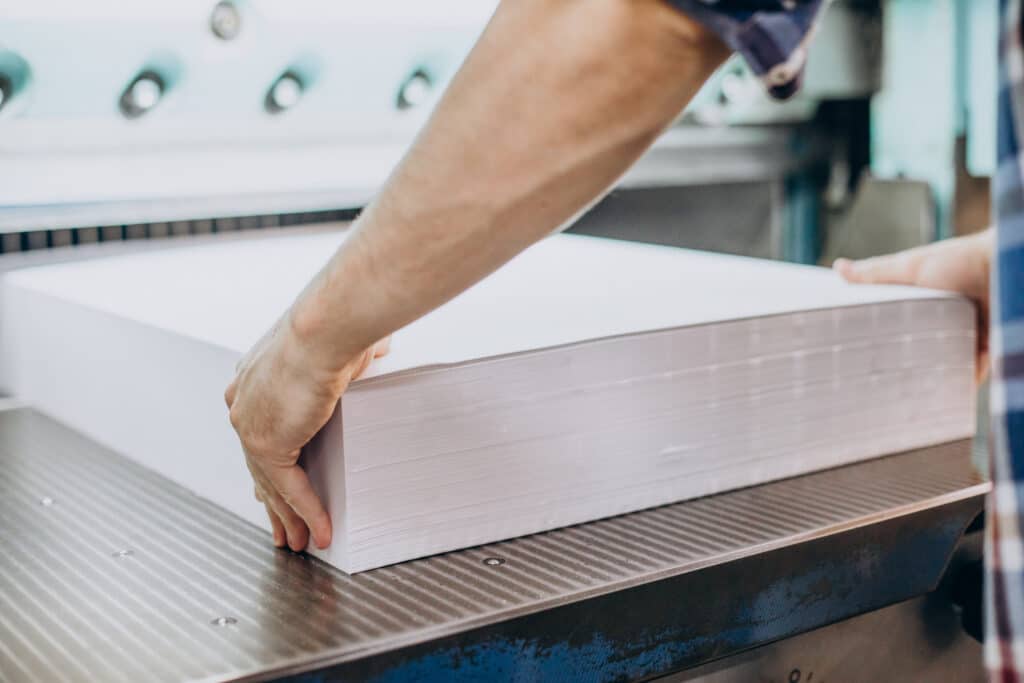
The difference between Koch printing and digital printing
Koch printingIt is a traditional printing method that uses a flat printing plate to make contact with printing materials. It involves transferring ink to a printing plate, which is then pressed onto a printing material, such as paper, to create the desired images and text. This method is usually suitable for large-volume printing jobs, such as books, newspapers, and advertising posters.
In contrast,Digital PrintingIt is a printing method that goes directly from digital files to printed materials. It uses digital printing machines to print images and text directly onto printed materials by controlling the movement of ink nozzles and the deposition of ink. This method is very flexible and suitable for small batch printing and personalized printing.
Differences in Printing Costs and Efficiencies
Koch printing has clear advantages when it comes to high-volume printing jobs. Because Koch printing uses printing plates and impressions, large quantities of prints can be printed quickly and the cost of each printed material is relatively low. However, Koch printing requires the production of printing plates, which may require additional time and cost.
Digital printing has more advantages in small batch printing and personalized printing. Since digital printing does not require the production of printing plates, it saves time and costs. It can quickly print small quantities of prints as needed, and each print can be different, making it ideal for personalized printing needs. However, the cost of each printed material for digital printing is relatively high, especially for high-volume printing jobs, and it is less efficient than Korotkoff printing.
Differences in printing quality
Koch printing has advantages in printing quality. Due to the way it uses printing plates and impressions, Korotki printing can achieve highly accurate and detailed reproduction of images and text. Color accuracy and consistency are also easier to control. This makes Koch printing very popular in scenarios that have higher requirements for printing quality, such as publications and high-end advertising.
The print quality of digital printing has improved significantly over the past few years, but there are still some limitations compared to Kohler printing. The resolution and color performance of digital printing machines may have certain limitations, especially when dealing with fine details and color gradients. However, for most application scenarios, the quality of digital printing is sufficient to meet the needs, especially in personalized printing and short-term printing.
Differences in production flexibility
Koch printing is less flexible in terms of production. Once a print version is produced, changes to printed content or images require the print version to be re-created, which requires additional time and cost. This is inconvenient for situations where frequent content changes or personalized printing are required.
Digital printing has clear advantages in terms of production flexibility. Since there is no need to produce a printed version, changes and adjustments to the content can be made in a short period of time. This makes digital printing ideal for applications that require personalized printing or on-the-fly modifications, such as personal business cards, flyers or event posters.
Differences in environmental impact
Koch printing has been criticized in the past for having a greater impact on the environment. It involves the use of large amounts of ink and solvents and generates large amounts of printing waste. In addition, Korotkoff printing requires large amounts of energy and water. However, with the advancement of technology, Koch Printing has taken some environmentally friendly measures, such as using environmentally friendly inks and recycling printing waste.
Digital printing has a lower environmental impact. The ink it uses is usually water-based or UV ink, which is relatively environmentally friendly. Digital printing does not require large amounts of inks and solvents, nor does it produce large amounts of printing waste. In addition, digital printing can achieve on-demand printing, avoiding unnecessary printing and waste.
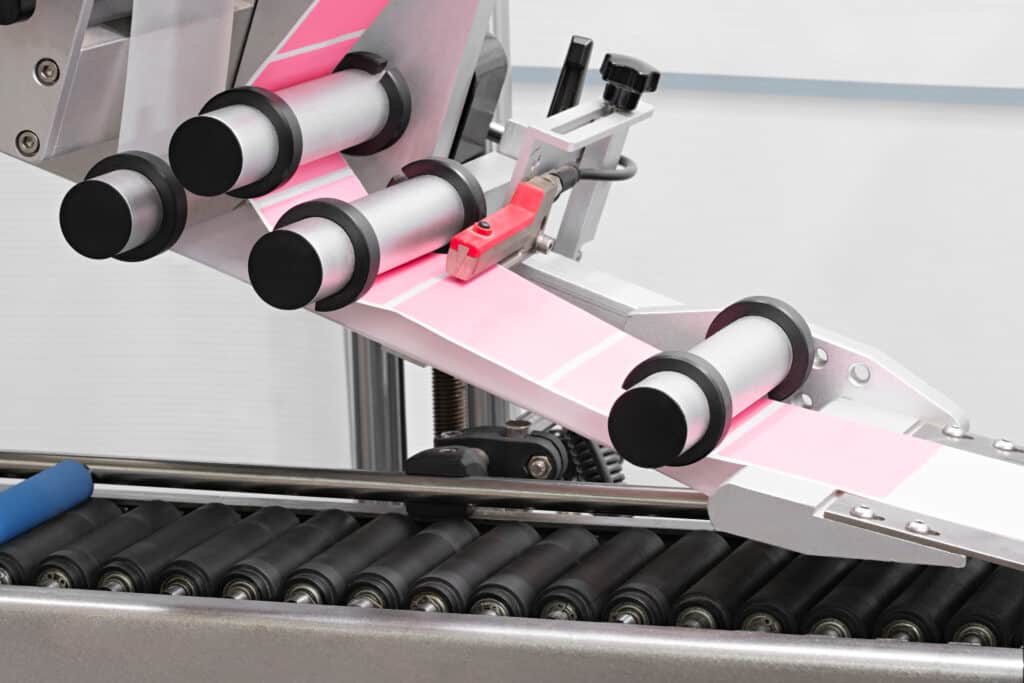
in conclusion:
Koch printing and digital printing are two types ofdifferent printing technologies, they have obvious differences in principles, cost efficiency, printing quality, production flexibility and environmental impact.
Koch printing has advantages in high-volume printing and printing quality, and is suitable for traditional publishing, newspapers, posters and other fields. However, it is expensive to produce and not flexible enough for small batch printing and personalization needs.
Digital printing has advantages in small batch printing, personalized printing and production flexibility. It can be printed quickly as needed, and each print can be different. However, digital printing can be somewhat limited in terms of print quality and high volume printing.
Whether it is Koh-Shift printing or digital printing, both have their own application characteristics and advantages. Choosing the right printing technology depends on your printing needs and goals. When choosing, you need to consider cost, quality, production flexibility and environmental impact.



